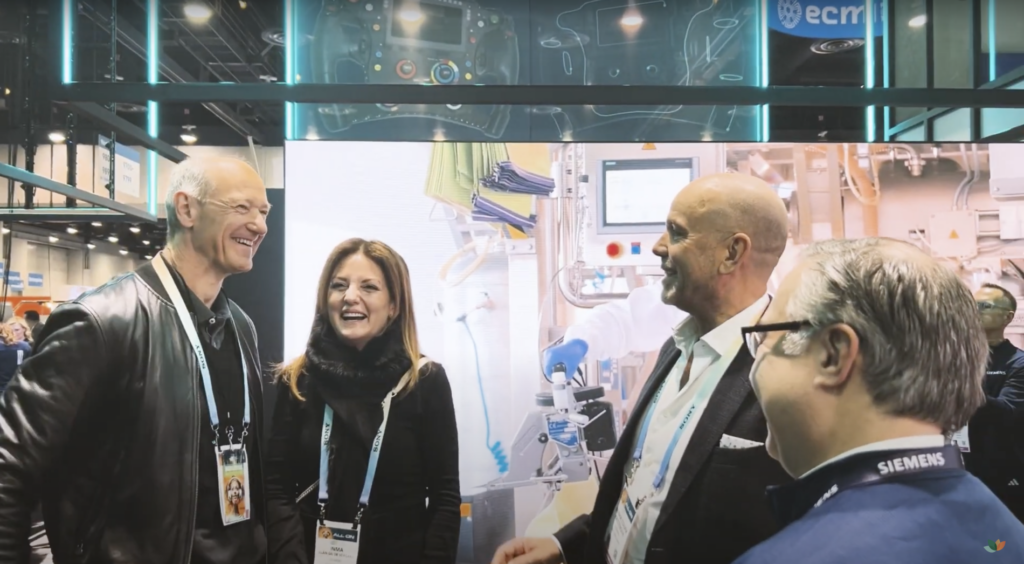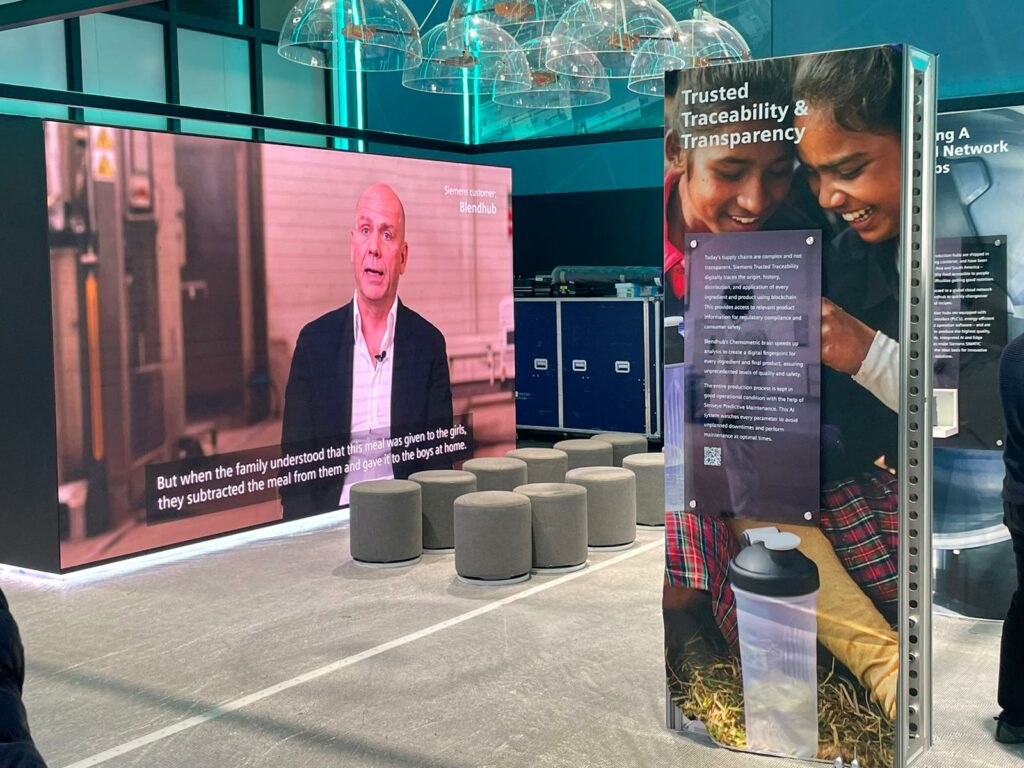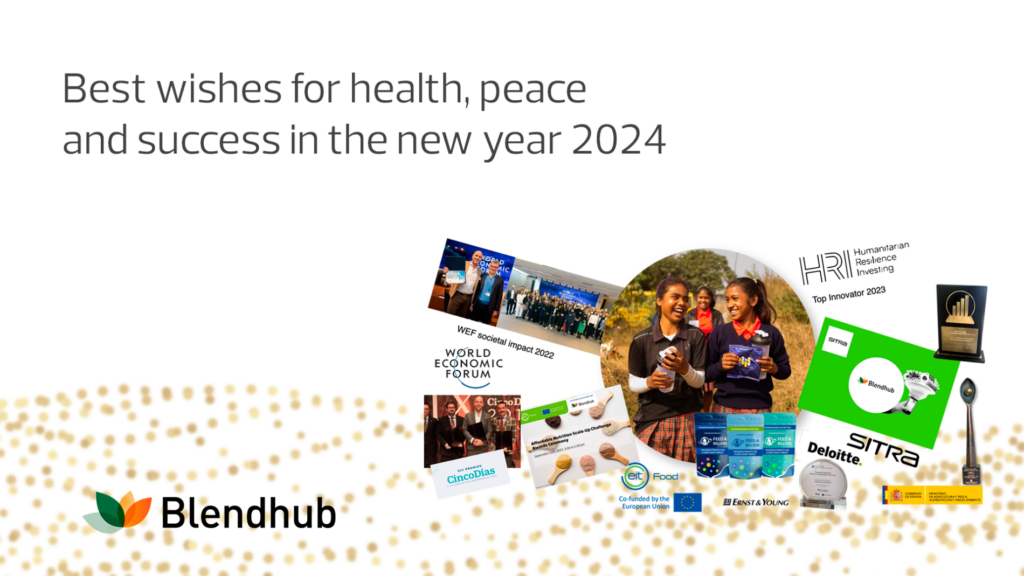In this TEDx Talk titled “How Disruptors Are Designing For The Future”, Tom Hulme, Design Director at IDEO, lists some of the changes which allow a glimpse into the future and also how new products and services must be designed to get an industry disrupted. He focuses on three concepts which are related to open innovation (OI) too: flexibility, interdependency and participation.
Hulme considers that the future will come from products and services in the intersection of: desirable (solves a real problem), feasible (able to be made) and viable (able to be scalable) and introduces some trends in thinking that may help to understand how to implement a shifting. They are based on how people try to find Maslow’s needs:
- New professional and social networks to meet new needs of signal belonging.
- New ways of self actualization and creativity which allow people to find ways to demonstrate their own value, moving from consumption to participation. Co-creation or crowdsourcing are examples of how they can create impact.
- Data is becoming a commodity and they are like a raw material and the value is in processing it into information.
- Conversion to a place where everyone can make everything and where production is changing from additive manufacturing, rather than subtractive, through technologies like 3D printing.
Hence, Hulme proposes move to:
- Design from interdependency, creating systems that allow to think in a whole business model integrating experiences.
- Design from flexibility since environment is constantly changing.
- Design for participation meaning getting better to users and consumers use a business.
Open innovation is a system that allows to innovate or create disruptive products and services considering these points:
- Integrating experiences from different companies, disciplines or sectors, or even arrived directly from consumers or developer communities.
- Adapting to the speed of a changing environment, innovating faster.
- Innovating through participation and collaboration between communities of users, departments of a company, with external partners, etc.



